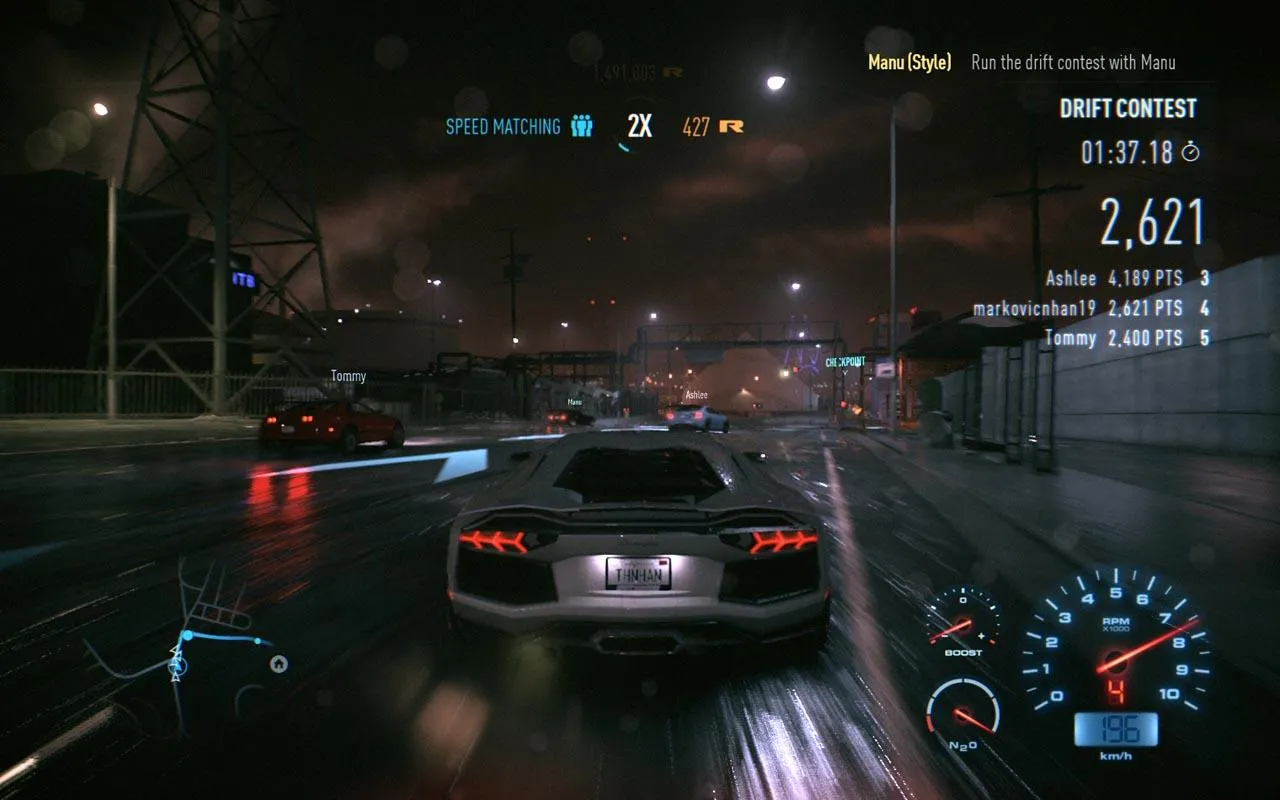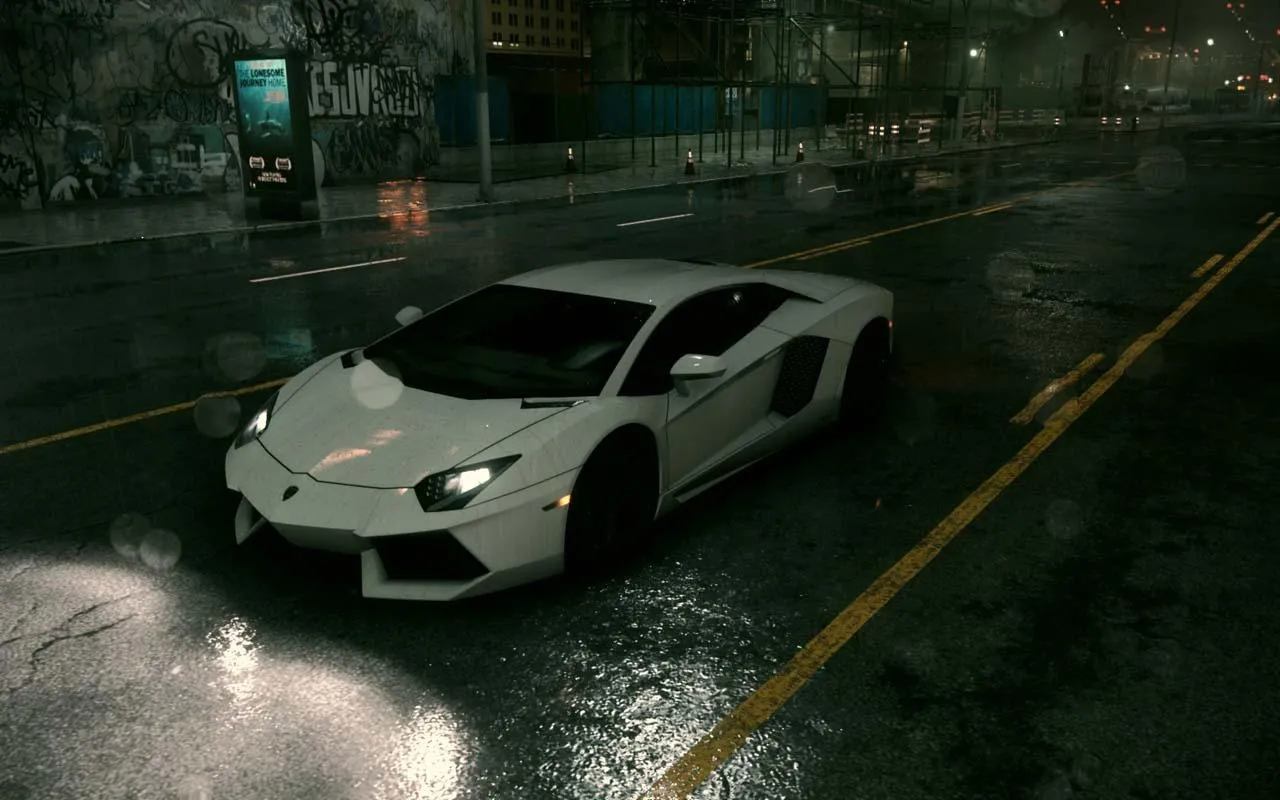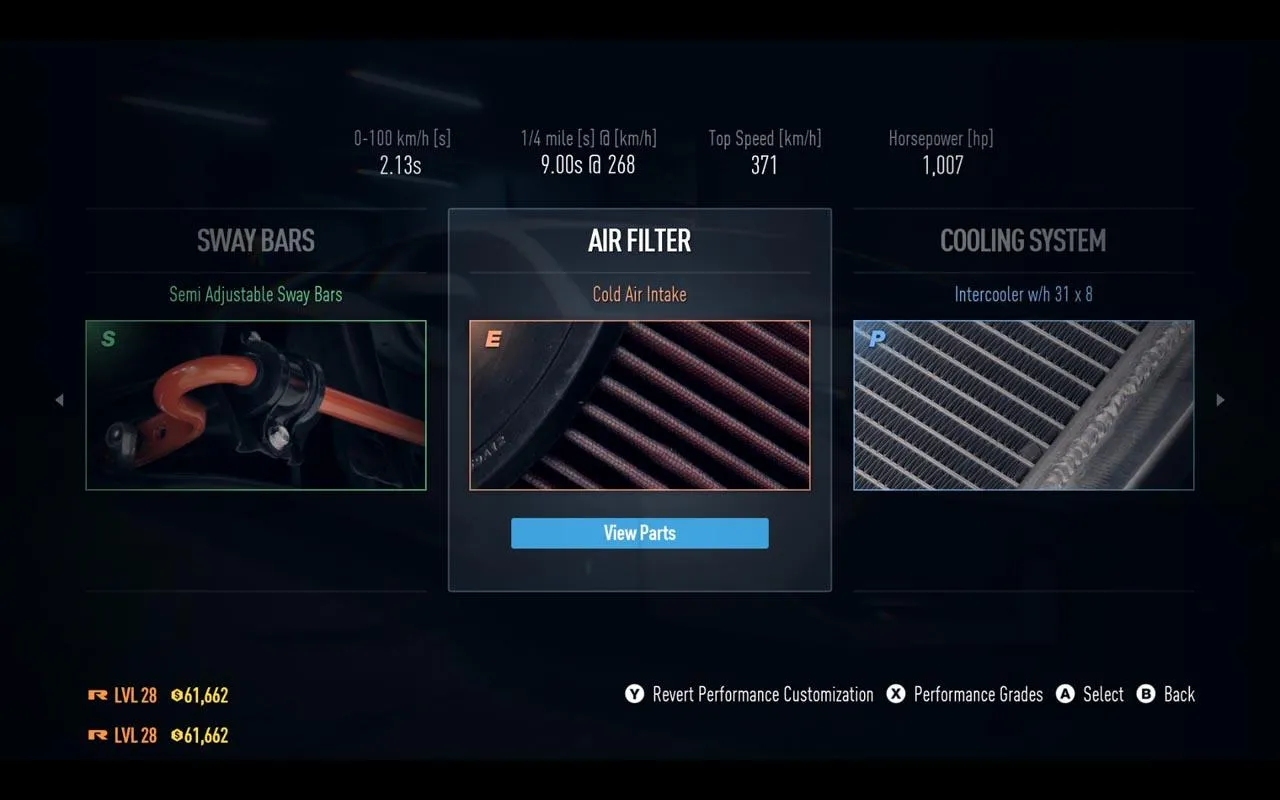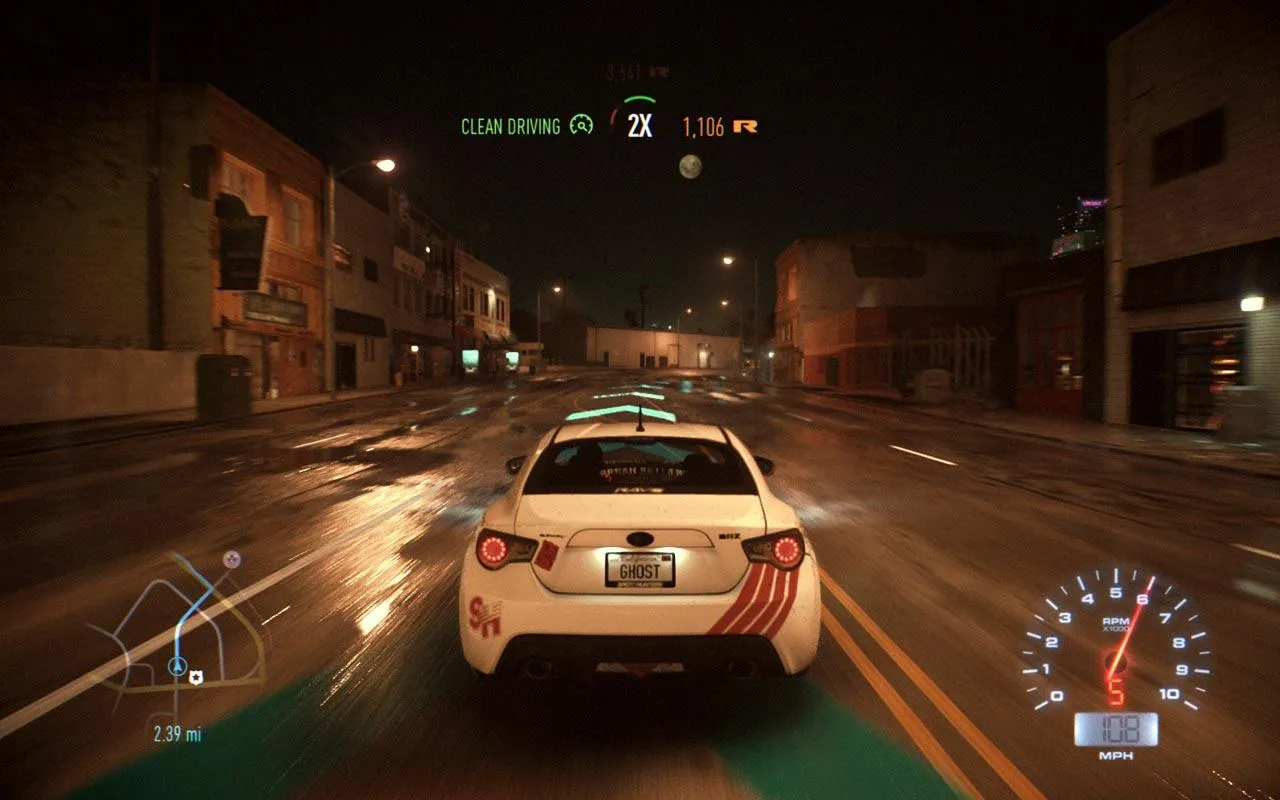
Need for Speed (2015): A Return to Underground, But Does It Live Up to the Hype?
Contents
Need for Speed, a name synonymous with arcade racing, returned in 2015 with a reboot simply titled Need for Speed. Evoking the spirit of Underground and Carbon with its night-time setting and focus on street racing, this iteration aimed to recapture the magic of the series’ golden age. But does it succeed? Let’s dive into the world of Ventura Bay and find out.
Embracing the Night
Need for Speed (2015) makes no secret of its Underground inspiration. Night races, burning rubber, and sleek cars tearing through the quiet streets are all central to the experience. While the style harkens back to earlier entries, the core gameplay remains familiar: fast, accessible, visually stunning, and undeniably exhilarating.
Set in Ventura Bay, you play as a newcomer to the illegal street racing scene. The game wastes no time with lengthy exposition, quickly thrusting you into the action alongside a crew of newly formed friends. While characters like Spike, Robyn, Amy, and Travis might feel like stereotypical racing game archetypes, the inclusion of real-world racing icons like Ken Block, Nakai-San, Magnus Walker, and Vaughn Gittin Jr. adds a layer of authenticity and excitement. Their presence elevates the narrative beyond the typical street racing tropes.
 Need For Speed – Ken Block and Crew
Need For Speed – Ken Block and Crew
However, the narrative isn’t the game’s primary focus. The true star is the speed, and Need for Speed delivers in spades. Compared to its predecessor, Rivals, the handling feels slightly more challenging, requiring greater precision in drifts and cornering. The “brake-to-win” tactic of previous games is gone, replaced by a need for skillful timing and precise angles.
The new Handling Style feature allows for deep customization of car performance, from tire pressure to steering responsiveness, catering to different driving styles and preferences. While not entirely new to racing games, it’s a welcome addition to the Need for Speed series, offering a level of control previously unseen outside of the Shift titles.
A variety of race modes, from standard circuits and sprints to drift contests and the Ken Block-inspired Gymkhana events, keeps the gameplay fresh. The seamless integration of online multiplayer allows for quick and easy joining of races with other players, fostering a sense of community and competition.
Visuals and Sound Design
Powered by the Frostbite 3 engine, Need for Speed (2015) creates a stunningly realistic depiction of night racing. Ventura Bay is brought to life with vibrant neon lights, reflecting off the polished paint of the cars as they speed through the streets. The visuals are further enhanced by dynamic weather effects, with rain leaving streaks on the windshield and puddles splashing as cars race through them.
 Need For Speed – Rain Effects
Need For Speed – Rain Effects
The cars themselves are meticulously detailed, showcasing the series’ continued dedication to showcasing beautiful machines. The integration of real-world cars into live-action cutscenes creates a unique and visually appealing presentation. The sound design is equally impressive, with the roar of engines capturing the visceral thrill of driving high-performance vehicles.
Shortcomings and Frustrations
While Need for Speed (2015) excels in many areas, it also suffers from some significant flaws. The removal of the damage system from Rivals is a controversial choice, eliminating the strategic element of avoiding collisions. The resulting physics feel unrealistic, with cars bouncing off obstacles with little consequence.
The police AI is also a disappointment. The reduced pursuit system, with only two levels of escalation, diminishes the impact of law enforcement on the gameplay. Their infrequent appearances and unrealistic “teleporting” behavior further detract from the experience.
 Need For Speed – Police Chase
Need For Speed – Police Chase
The five gameplay styles (Speed, Style, Outlaw, Build, and Crew) introduced at E3 2015 feel underutilized. While they contribute to scoring, they don’t significantly impact progression or customization options, which feels like a missed opportunity.
Customization, another heavily touted feature, also falls short of expectations. The separation of visual and performance upgrades limits the creative potential of car modification. The limited options for visual customization, particularly for body kits and spoilers, further restrict personalization.
Technical Issues
Need for Speed (2015) is plagued by numerous technical issues. Pop-in of objects and vehicles, slow texture loading, and lengthy loading times for online connectivity severely impact the gameplay experience. These issues, combined with the always-online requirement, create unnecessary frustration.
 Need For Speed – Technical Issues
Need For Speed – Technical Issues
Conclusion
Need for Speed (2015) successfully captures the atmosphere and style of the Underground era, delivering thrilling night races and a visually stunning open world. However, its shortcomings in customization, police AI, and technical performance hold it back from being a true return to form. While the core gameplay is enjoyable, the numerous issues prevent it from reaching its full potential. The game ultimately leaves you wanting more, a bittersweet reminder of what could have been.





Comments (0)